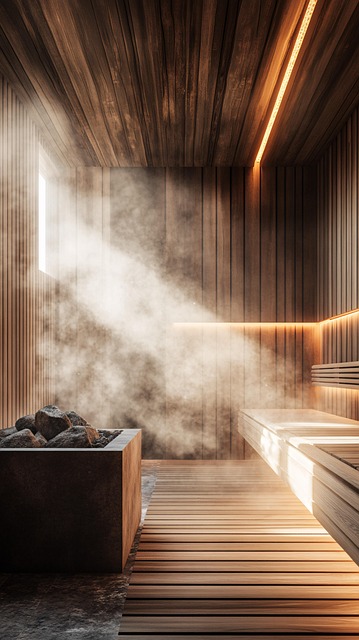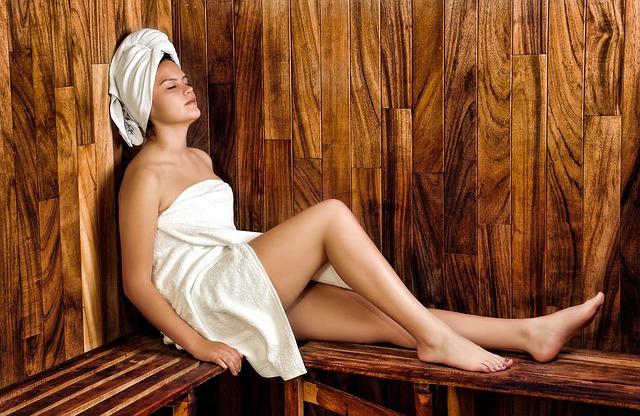Watch the video and decide if the sentences below are true or false:
1. Researchers were surprised to find that frequent sauna use was linked to better health.
2. Sauna traditions are relatively new in Finland, dating back only a few hundred years.
3. A traditional Finnish sauna can reach temperatures around 90°C with about 20% humidity.
4. When exposed to heat, the body narrows blood vessels to keep heat in.
5. The body’s response to sauna heat is similar in some ways to moderate exercise.
6. Spending time in a sauna is considered a full replacement for exercise.
7. Heat exposure may help regulate inflammation as people age.
8. Finnish men who used saunas 4–7 times a week showed better cardiovascular health and lower mortality risk.
9. The Finnish study proved that saunas directly cause better health outcomes.
10. Scientists have completely confirmed all the benefits of sauna bathing.
Key: 1T; 2F; 3T; 4F; 5T; 6F; 7T; 8T; 9F; 10F
Glossary
indigenous – belonging naturally to a particular place; native to a specific region or environment
to unravel – to figure out or explain something that is complicated or mysterious; to make something clear
stunned – extremely surprised or shocked; unable to react because of surprise
to ignite – to start burning or to make something start burning; (figuratively) to trigger or start something (like emotions or actions)
Practice makes perfect
Use the verbs in brackets in proper forms:
(…) What Is a Sauna?
“A sauna is a small room or enclosed space 1. ……………. (design) to provide dry or wet heat sessions,” says Reuben Chen, M.D., a board-certified physician specializing in sports medicine and pain management and chief medical advisor at Sunrider International.
Sauna therapy, or sauna bathing, 2. ………….. (use) in many parts of the world for thousands of years. The traditional sauna 3. …………. (think) to have originated from Finland and Turkey, where it 4. …… most ………. (use) for relaxation, improving circulation and promoting sweating, says Dr. Chen. It 5. …………… (involve) short-term exposure to temperatures ranging from 113°F to 212°F with varying humidity levels.
Saunas 6. ………….. (become) more popular in the United States as people 7. …………. (focus) more on wellness and self-care. And while saunas 8. ………… (be) sometimes available at gyms, some people 9. …………. (have) their own at-home saunas—though it’s an investment, with costs 10. ………. (be) as high as $11,000, depending on the type of sauna. (…)
In order to read the whole article/check your answers, go to: https://www.forbes.com/health/wellness/sauna-benefits/
Key: 1. designed; 2. has been used; 3. is thought; 4. is/’s (most) used; 5. involves; 6. have become; 7. focus; 8. are; 9. have; 10. being
Discuss
- What physical changes happen in the body when someone enters a sauna?
- What health benefits were observed in men who used saunas frequently?
- Why can saunas be dangerous for some people?
- Why do you think sauna use might strengthen the cardiovascular system?
- Why can’t the Finnish study prove a direct cause-and-effect relationship between sauna use and better health?
- How do you think lifestyle factors (like diet or exercise) might have influenced the results?
- What similarities do you see between sauna use and other forms of stress the body experiences, like exercise or fasting?
- Do you think spending time in a sauna could be a good way to improve health, or should people focus more on exercise and diet?
- Have you ever used a sauna? If yes, how did it make you feel?
- Would regular sauna use fit into your lifestyle? Why or why not?
Watch and Revise!
Unlocking the Secrets of Saunas
Global Traditions and Health Benefits
https://www.cloud.worldwideschool.pl/index.php/s/LGQtbQpXNZGJL8j
(6508)






